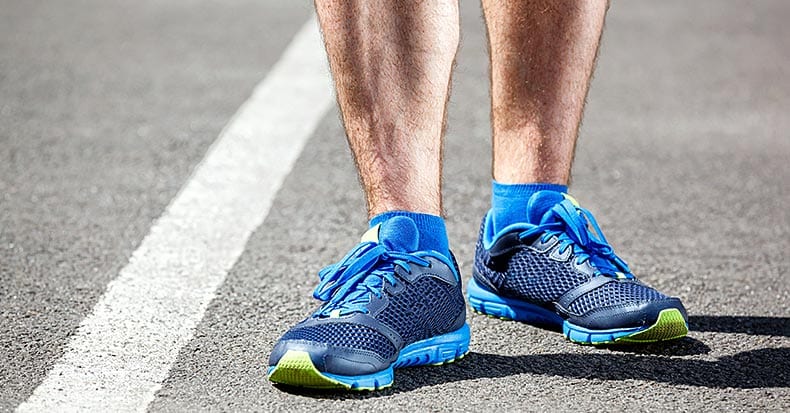Chiropractic care focuses on treating the whole person and realigning the spine to maximize function and health. This month’s focus is on the feet and how they can have a tremendous effect on the whole body. Let’s take a look!
Did you know that the foot consists of 26 bones, 33 joints (20 of which are freely movable), and more than 100 muscles, tendons (the attachments of muscle to bone), and ligaments (strong, non-elastic structures that hold bones together)? The foot can be subdivided into three regions: the hindfoot (ankle and heel), midfoot (five irregularly shaped bones that form the main arch of the foot), and forefoot (the five toes and metatarsals, or long bones, that connect the toes to the midfoot). Also important is that the foot has not one, but two arches – the medial longitudinal arch (the one we all know about on the inside of the foot) and the metatarsal arch (which runs across the forefoot commonly referred to as “the ball of the foot” at the base of the toes). Both are important, as they absorb shock when we walk and run!
Because we stand on two legs, everything from the feet upwards is at the mercy of the position and the function of our feet! That means if one leg is short, if one foot rolls in (pronates) more than the other, and/or if a fracture of a long bone of the leg occurs especially while we are growing, the spine will sit on a crooked foundation. When this occurs, the spine typically has to bend to compensate for the unleveled pelvis, which can result in scoliosis. When scoliosis occurs, the vertebrae (the “building blocks” of the spine) tilt and rotate, and this “domino effect” continues as it moves up the spine. Since our body can compensate for a while, we may not even notice anything is wrong, but sooner or later, its ability to compensate fails and problems begin to surface. This is why many chiropractors recommend checking children for leg length inequality. One study reported that 32% of 600 military recruits had a 1/5th to 3/5th of an inch difference between leg lengths! A simple heel lift placed in a shoe can remedy this problem!
In addition to leg length imbalance, ankle and/or forefoot pronation (rolling in of the foot) can create problems as we ascend the body or “kinetic chain” (think of the body as a chain and each link is a joint from the feet upwards). When pronated, the foot is more likely to have a reduced or lost medial arch and an ankle that rolls inwards. When this occurs, the knee may then “knock” inwards as the hip shifts outwards, resulting in an unstable pelvis. Ankle pronation may be on one or both sides and it‘s often NOT symmetrical, which can cause an imbalance between the two sides. Think of a card table with the legs partially folded in—the table top is shaky and unsteady. This is the net result of ankle/foot pronation—the pelvis is shaky and unstable making the spine less stable (like a house sitting on a weak foundation).
Low back pain (LBP) will affect up to 85% of all of us at some point in life. There are MANY studies that have reported LBP improvement from using foot orthotics that realign the ankle/foot to stabilize the kinetic chain. Balance is also altered when ankle/foot pronation is present and foot orthotics have been found to have an immediate positive benefit for patients with poor balance. The #1 cause of injuries in the elderly is from falling, which is due in part to the fact that we lose our ability to balance as we age.
